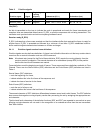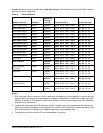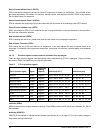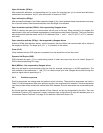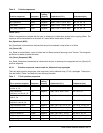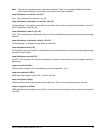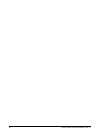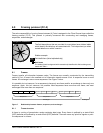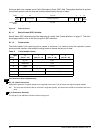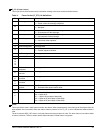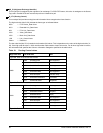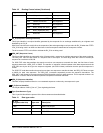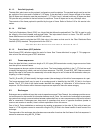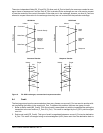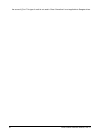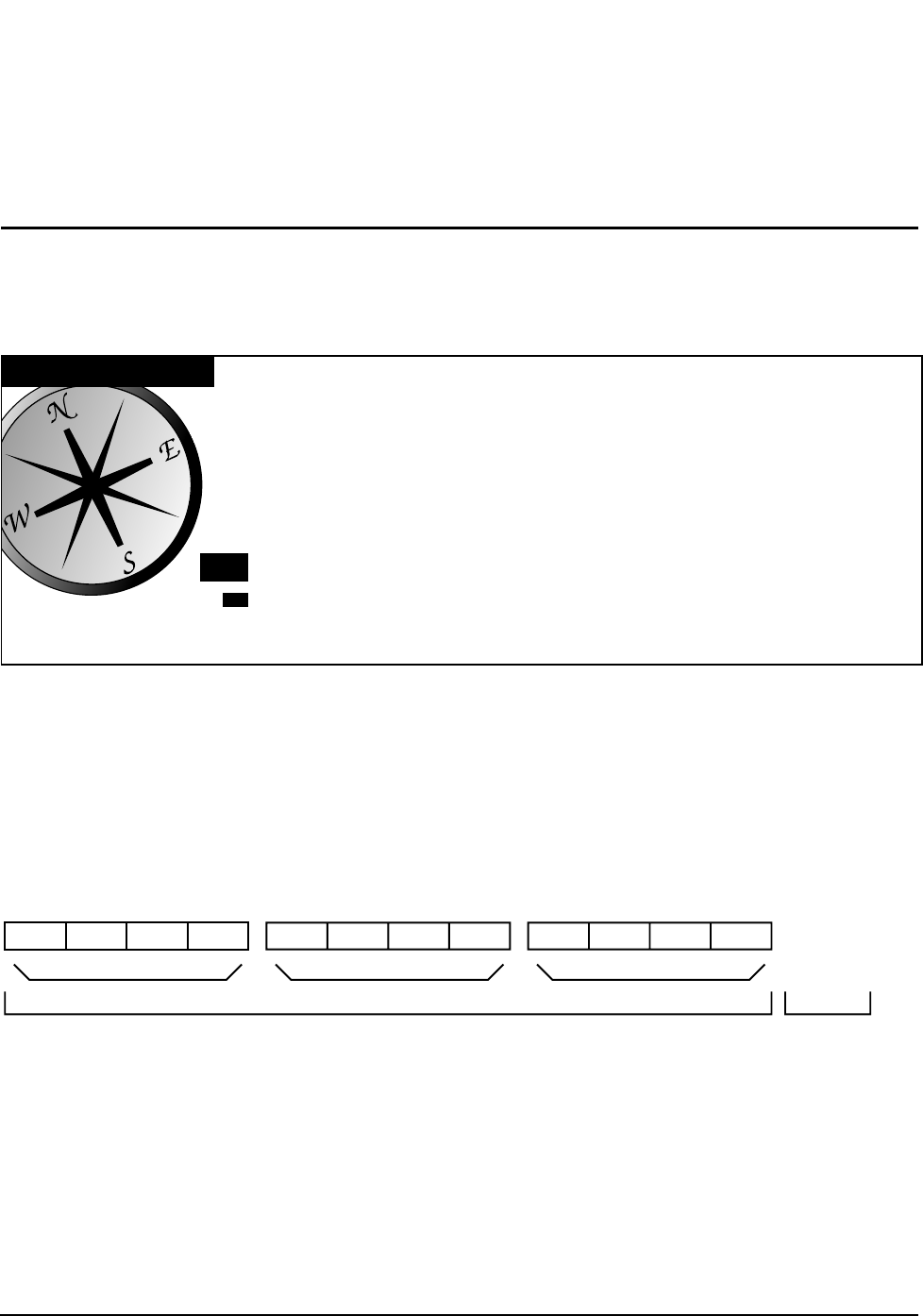
Fibre Channel Interface Manual, Rev. D 23
6.0 Framing protocol (FC-2)
The entire responsibility of moving frames between N_Ports is assigned to the Fibre Channel layer called the
framing protocol (FC-2). This protocol is primarily concerned with constructing and managing frames,
sequences, and exchanges.
6.1 Frames
Frames transfer all information between nodes. The frames are normally constructed by the transmitting
node’s N_Port. A frame is the smallest unit of information transfer across a link. A sequence is one or more
frames. An exchange is one or more sequences. See Figure 7 below.
It is possible, but not common, for a sequence to have only one frame and for an exchange to have only one
sequence. Again, this isn’t common, but possible. Most sequences have more than one frame, and most
exchanges have more than one sequence.
Figure 7. Relationship between frames, sequences, and exchanges
6.1.1 Frame structure
A frame is a string of transmission words containing data bytes. Every frame is prefixed by a start-of-field
(SOF) delimiter and suffixed by an end-of-field (EOF) delimiter. There are never any primitive signals or primi-
tive sequences in a frame.
Navigation assistance
The field descriptions that are provided for most tables have sidebar labels
which identify the table they are associated with. This helps orient you when
nested tables occur within a section.
Sidebar example
Field definitions (listed alphabetically)
Field name
The sidebar (black background with reversed text) identifies this field as being asso-
ciated with Table 1.
Table
number
1
Frame 1 Frame 2
Sequence 1
Frame... Frame n Frame 1 Frame 2
Sequence 2
Exchange 1 Exchange 2...
Frame... Frame n Frame 1 Frame 2
Sequence n
Frame... Frame n




